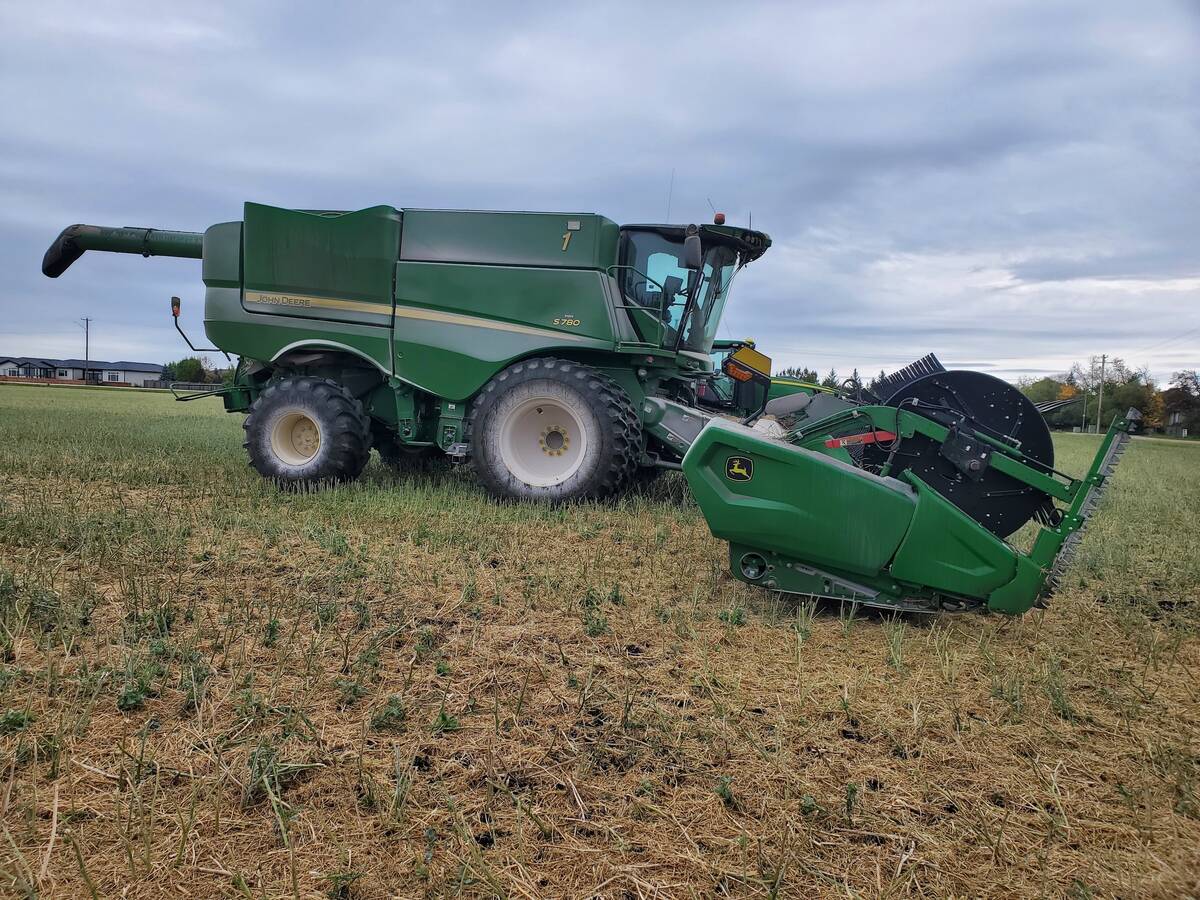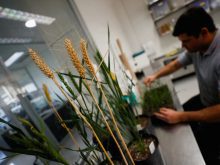Researchers at the University of Saskatchewan study the possibility of turning wheat and canola straw into toxin filters
University of Saskatchewan researchers are using agricultural residue to treat arsenic in drinking water.
Agricultural residue such as wheat and canola straw will be turned into a filter that adsorbs the toxins.
Arsenic in drinking water can increase a person’s risk of cancer, as well as blood vessel damage and nausea.
Khaled Zoroufchi Benis, a PhD student who worked on this project, said one of the reasons they started the research is because of how high the price is to get rid of arsenic in other ways.
Read Also

Powdery mildew can be combine fire risk
Dust from powdery mildew can cause fires in combines.
“Our research group had a collaboration with mining companies in northern Saskatchewan. Usually in mining processes like uranium and gold, the high concentration of arsenic is possible in waste water during the mining process,” he explained.
“And our research group started to kind of collaborate with companies to provide the proper cost effective and eco-friendly treatment system for removal of arsenic.”
The synchrotron at the U of S’s Canadian Light Source was involved in the research.
Chithra Karunakaran, a beamline scientist at the Canadian Light Source and an expert in synchrotron technology, said because of the strength of the synchrotron, it’s able to tell which type of arsenic is present in the water, something not possible in a laboratory setting.
Some forms of arsenic are toxic while others aren’t, and some are water soluble while others are not. The synchrotron can determine what type of arsenic is present using the intensity of the light rays present in the synchrotron, which allows researchers to measure the atomic bonds in the arsenic.
Zoroufchi Benis said agricultural residue like wheat and canola straw can adsorb the toxins in arsenic, making drinking water consumable again in a process known as “adsorption.” Although it sounds similar to absorption, Zoroufchi Benis said this process refers to when individual molecules gather on surfaces.
“The cost of adsorption process or filtration can be even decreased by using agricultural residues for filtration system or adsorbed instead of using commercial adsorbents like activated carbon or ion exchange resins,” he said.
Zoroufchi Benis said this research will be beneficial for farmers.
“So far based on other points of view about arsenic, a filtration system that we made using agricultural residues are very, very efficient,” Zoroufchi Benis said.
“So, using agriculture residue not only can decrease the cost of the adsorption process, but also can kind of give value to agricultural residues and can also be a new income revenue for farmers.”
Zoroufchi Benis said this is just the start of using agriculture residue in research like this.
“We don’t see agricultural residue as waste,” Zoroufchi Benis said.
“They can be more valuable. And I’m sure that in the future we will hear a lot about agriculture and the application not only for making a filtration system or adsorbents, even for energy generation and other applications.”


















